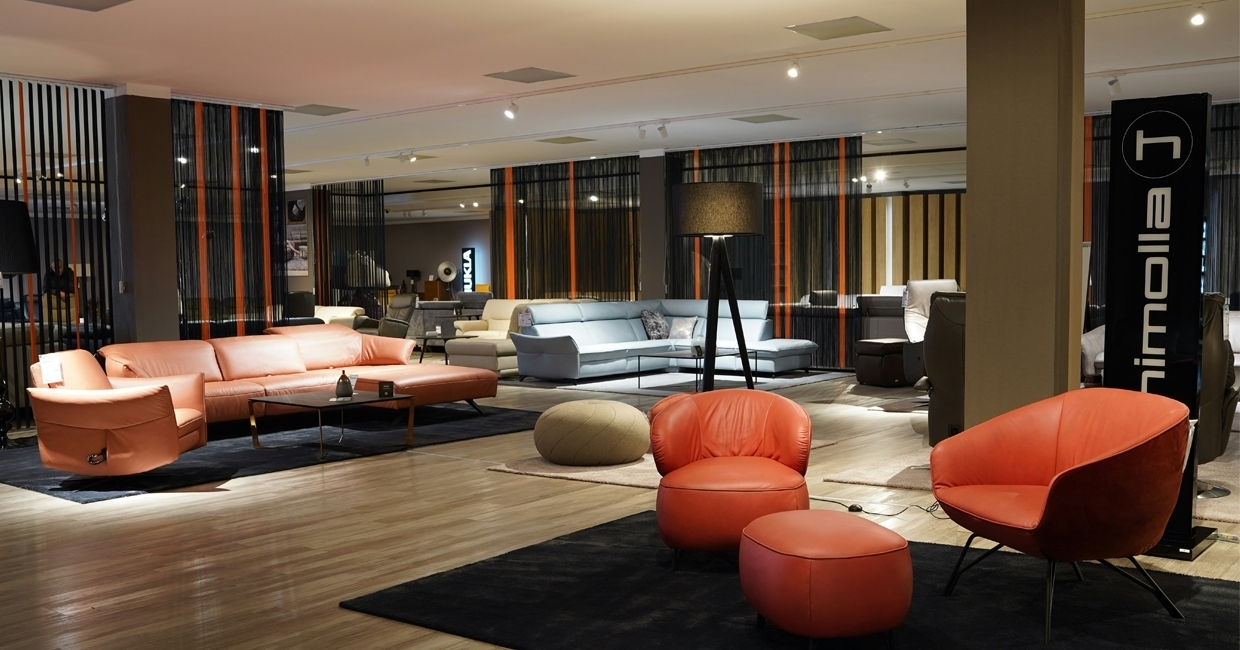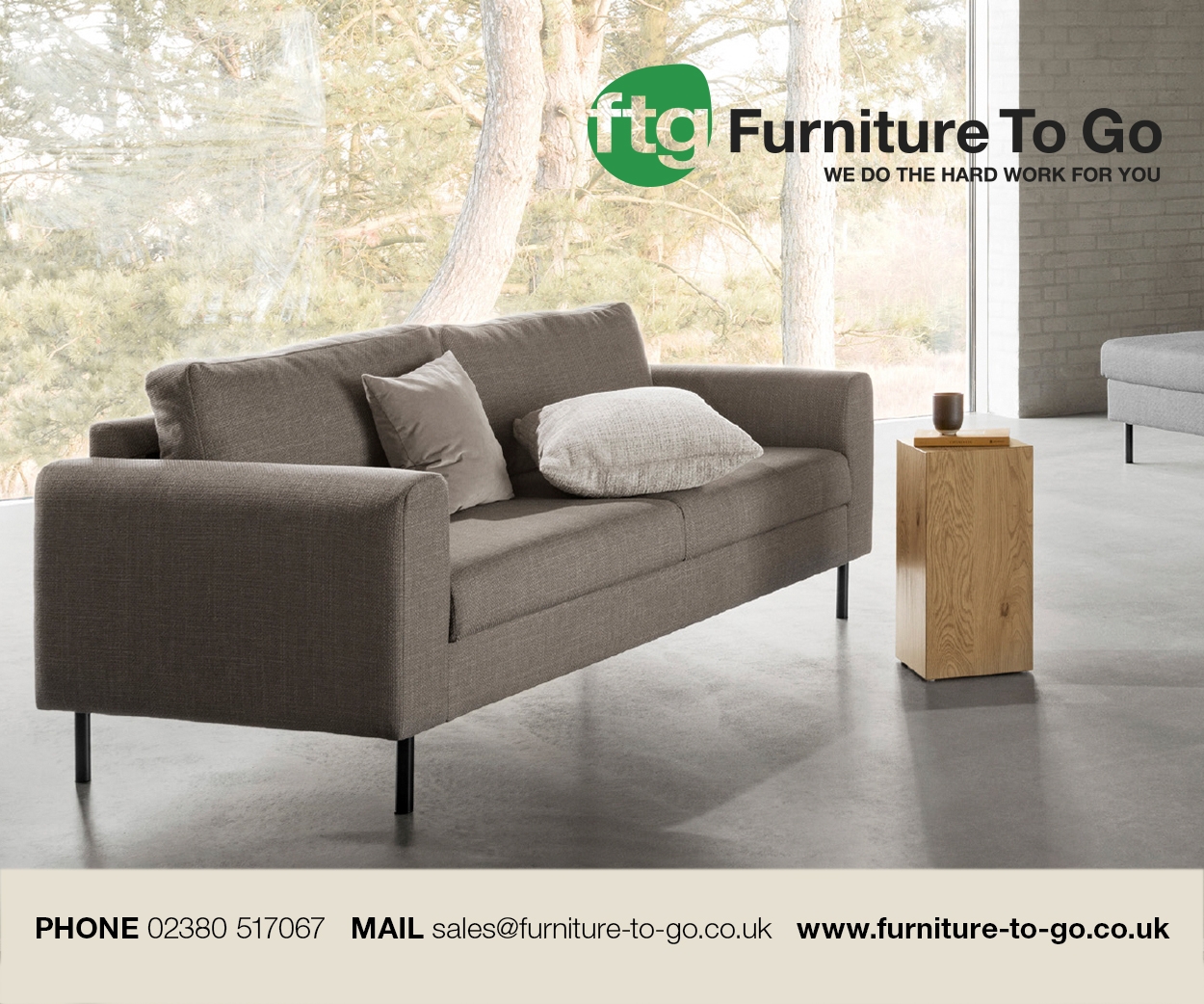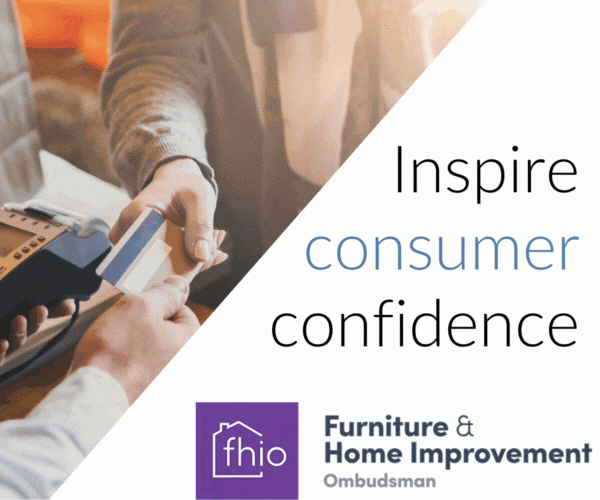To keep their retail environment attractive to customers, companies must create a welcoming environment – the shopping experience isn’t all about shop layouts and quality products, it’s about creating an experience that resonates with your customers and keeps them coming back, says interiors writer Lucy Cromwell …
In this article, we will be sharing how to elevate your store environment by creating an unforgettable in-store atmosphere.
From creating an immersive shopping experience to upping your customer service game, we’ll explore the best ways you can keep your customers loyal to your brand.
What is a retail environment, and why does it matter?
A retail environment is the physical space inside a retail store. You might also stretch this to include the digital environment.
The retail environment is carefully designed to attract and retain customer interest. When done well, it should engage all five senses while providing a seamless and engaging online experience.
The importance of creating an immersive retail experience cannot be overstated. Your retail shop, in-person and online, is more than just a store to buy products – it’s an environment focused on creating a memorable brand experience. It’s not about simply making sales, it’s about building lasting customer relationships.
How to create a compelling retail atmosphere
Let’s take a look at the elements of a compelling retail environment to help you boost the customer shopping experience:
Create inspirational showrooms
Understanding the power of well-thought-out interior design for a showroom can drastically help sell products faster. Immersive designs help customers envision furniture in their own homes.
Furniture isn’t just about function – it represents relaxation, comfort and lifestyle. People like to imagine hosting friends and family for dinner, snuggling up for a movie night, or getting lost in a good book. And they want to feel what furniture will be like to live with.
A great showroom can enhance that feeling, increasing furniture sales and improving the shopping experience.
Create ambience with mood lighting
The lighting in your store has the power to guide the buyers’ gaze towards certain products. It can also greatly shape your brand’s perception. Think of stores, such as Urban Outfitters, that are well-known for their creative lighting choices and often attract more customers because of it.
When planning the lighting in your furniture retail store, it’s important to create a welcoming environment. This means using warm LED bulbs to reduce glare and create an intimate shopping experience, utilising commercial blinds to manipulate natural light levels, and introducing accent lighting to draw attention to certain products.
Warm lighting in particular has the power to create an intimate atmosphere, helping customers feel comfortable and at home – a feeling that has a powerful effect in furniture retail stores.
Personalise the shopping experience
Shopping for furniture is exciting – however, making the leap from browsing to buying can feel like a big decision. This is because furniture is a big-ticket item and 23.8% of people purchase furniture in the first month of buying a new house.
As a result, UK shoppers can spend weeks (sometimes months) researching furniture ideas, browsing shops in person, comparing prices and materials, and reading customer reviews. For most people, the decision to finally make a purchase is not taken lightly.
To boost your chances of making a sale, it’s important to customise the shopping experience as much as possible. This means asking relevant questions and actively listening to customer responses. In doing so, you’ll be able to identify customers’ needs and wants, tailoring your recommendations to them.
Online, a personalised shopping experience means utilising customer data, including past shopping habits, to offer special promotions, exclusive previews, and personalised discounts you’re confident your customers will love. This will help them feel valued and appreciated, improving their shopping experience with you and encouraging them to return in the future.
Retail store design and layout
Retail store design and layout can greatly influence the atmosphere. Considering how you organise your shop displays and how you lay out your store can greatly influence shoppers' buying habits.
Most shops follow the standard grid layout (common in supermarkets) as this allows customers to easily move through the store and find the items they’re looking for. What’s more, adding clear signage and digital displays helps guide shoppers through your store.
When planning your shop layout and design, there are a few tips and tricks you can incorporate that support smarter shopping, such as:
- Placing expensive items on the right, as shoppers typically turn right when they enter a store
- Keep in mind the flow of traffic and ensure there is plenty of space for customers to navigate around the various displays – as well as each other
- Group complementary items together to encourage multiple purchases at once
- Create striking displays that encourage customers to browse for longer
- Add digital screens that showcase interactive demos
- Create showroom displays that are Insta-worthy to encourage free product promotions through social sharing
Curate your own music playlist
In-store music can significantly influence the shopping experience. In fact, it is one of the most important sensory branding tools, creating an emotional connection with your brand. This is especially important for furniture retail stores, where creating a feeling of ‘being at home’ is extremely powerful.
According to a Soundtrack Research Report, 84% of shoppers take note of background music, corresponding with a +37% lift in sales. Additionally, a report by Melodial shared that, “41% of shoppers spend more time in stores with suitable music – giving retailers more chances to showcase products and make sales.”
Music is used most powerfully in-store when playlists are personally curated. So, get your staff to create appropriate shopping playlists. Not only will mixing up the music keep them happy, but it will also create a great talking point on quieter days.
Scent marketing
Have you ever noticed how a particular smell can take you right back to a specific memory? It might be the musty smell of a library book, the floral notes of a woman’s perfume, or the mouthwatering scent of freshly baked bread. But smell is one of the body’s primal connections to memory.
In fact, according to PHS, people can recall scents with 65% accuracy after a year, while they can only recall 50% of visual cues after three months.
Therefore, scent is extremely powerful for creating atmosphere and marketing your brand. When you incorporate scent marketing into your furniture retail store experience, you can lift the atmosphere, encouraging people to browse for longer – increasing sales.
It’s important to choose a scent that you feel aligns with your brand’s personality. For example, if you sell beds and bath linens you might choose the smell of fresh laundry. Whereas, if you sell armchairs and sofas you might choose a woodier scent.
Many stores do a great job playing around with different scents, creating an immersive experience. IKEA, for example, takes things a step further by changing the scent for each showroom you walk into, powerfully setting each space apart.
Creating a memorable retail atmosphere
The retail landscape is constantly changing and evolving as it seeks to meet customers’ demands. Savvy furniture retailers understand that customers are looking for more. They don’t want just a bunch of furniture brands laid out in a warehouse – they want an immersive and engaging shopping experience that connects with them on a personal level.
Whether through mood lighting, immersive in-store displays, personalised experiences, or inspirational showrooms, we hope this article has given you plenty of tools to enhance your shop’s atmosphere.
Photo courtesy Unsplash/Albero Furniture Bratislava










